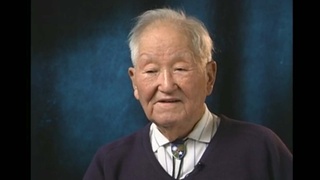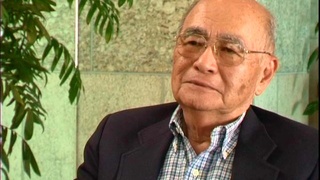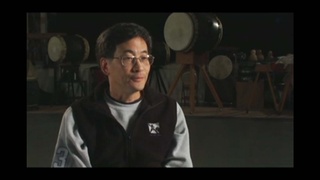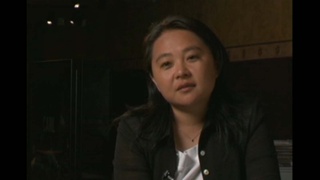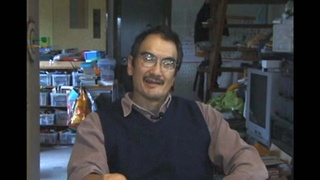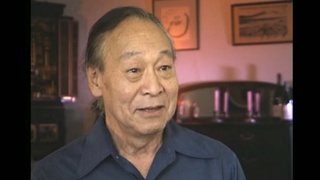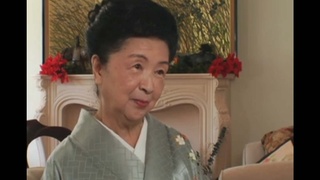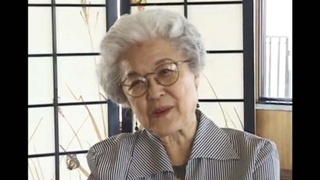Interviews
Commonalities
A lot of us were peer group, you know a peer group. We were all around the same age, generally from different JA communities around the LA area. We had a lot in common, both culturally and otherwise. And I think Gidra provided the political commonality too, but again, it’s really hard to look at Gidra as, outside of everything that was happening around it. It was part of this huge upsurge of activity. That was affecting a lot of people, a lot of young people, but different ages in our community as well as all communities. It was just a different time and so I think that that commonality and the sense of doing something going to really have an impact and change things and make things better and you could almost taste it.
Date: September 28, 2011
Location: California, US
Interviewer: Kris Kuromitsu, John Esaki
Contributed by: Watase Media Arts Center, Japanese American National Museum

